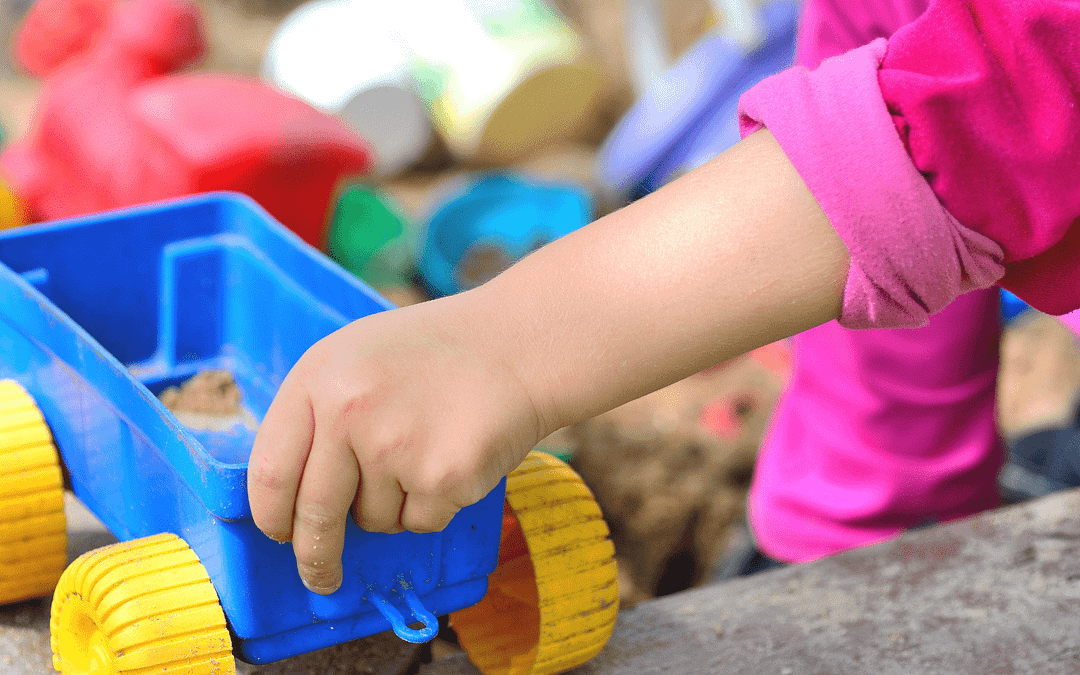Enabling Environments in Early Years
In Early Years, an enabling environment refers to providing a rich and engaging environment that supports and encourages the learning and development of children. The Early Years Foundation Stage (EYFS) places emphasis on the role of teaching and support from adults as key to an enabling environment. Friedrich Froebel compared designing an environment for children to planning an organic and ever-changing garden which can inspire and guide children’s imagination and involvement. As children learn so much through exploring the environment, it is important that we create a space that is interesting, exciting and poses challenges.
There are three key aspects of an enabling environment in early years. Firstly, the emotional environment. This refers to the overall atmosphere and feeling of the space. It should be warm, welcoming, and supportive, where children feel safe and secure to express themselves and explore their emotions. Adults should be nurturing and actively encourage a child to express their ideas and feelings freely as well as play and explore independently. Additionally, having clear expectations and routines provide a sense of predictability and stability. By creating a space which is comfortable and inclusive, children will feel safe and secure in discovering new things.
The second key aspect of an enabling environment is the indoor environment. Nurseries should offer a range of resources and materials which serve different purposes to catch the children’s interest and encourage them to be creative. Nurseries may have separate areas depending on the purpose of the activity; for example, role play, construction, or quiet areas. A mix of adult-led and child-led play is also important as children should have some control over their own learning and be provided with the opportunity to make decisions when it comes to their play. Adults should facilitate learning through observation, encouragement, and support, without directing or taking over. Read our blog on child-led and adult-led play here – https://showcasetraining.co.uk/2023/03/10/child-led-vs-adult-led-learning/
The third key aspect is the outdoor environment. This refers to the physical space outdoors, including natural elements, equipment, and play areas. It should provide opportunities for physical activity, exploration of the natural world, and social interaction. Practitioners should minimise any risks or hazards in the environment and ensure that age-appropriate precautions are in place.
It is important to note that the specific needs of children will vary depending on their age, developmental stage, and individual interests. The most important thing is to create an environment that feels safe, stimulating, and supportive for all children.
“Children learn and develop well in enabling environments with teaching and support from adults, who respond to their individual interests and needs and help them to build their learning over time.” – EYFS
Are you interested in a career in Early Years?
Showcase Training offer fully-funded Level 2 and Level 3 Apprenticeship Standards and commercial training options, including standalone courses from level 2 to 5 with commercial payment plans and Advanced Learner Loans available.
Early Years Apprenticeships
Standalone Childcare Qualifications
Business Skills Apprenticeships

